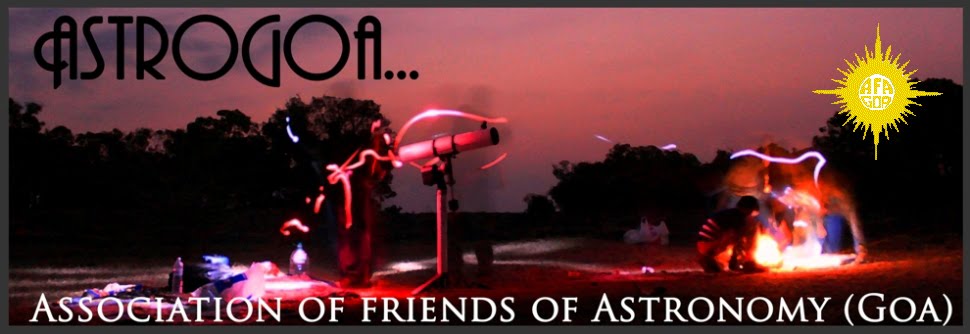Quadrantids, the first major astronomical event of the calendar year 2011, is set to take center stage. It is all set to happen on 4th January, the peak date of the shower, all around the world. The Moon gives way (New Moon) and for once, Jupiter's might will be ignored and the whole world will train their eyes on Bootes and the Pole Star.
For starters, for an idea and basic info about a meteor shower, please visit this webpage.
The Quadrantids is the very first meteor shower of the year, and is known to be one of the strongest - producing fireballs and meteors that are exceptionally bright. If the sky is clear enough, expect to see meteors with persistent trails (also called trains). The shower is active from January 1 to January 10, but the peak dates, the days on which the maximum activity is recorded, are January 3 and 4. Moreover, Meteor shower gazing conditions will be nearly ideal as it will be a New Moon night! The Quadrantids meteor shower was first observed in Italy by Antonio Brucalassi during the mid-1820’s on the morning of January 2nd. During its recorded history, the Quadrantids meteor shower has had observed rates as low as 65 meteors per hour, and as high as 160 per hour.
The radiant of the Quadrantids, also known as the point from where the meteors appear to come from throughout its peak, is situated within the now extinct constellation named Quadrans Muralis. Currently, we can trace this near the constellation named Bootes. To find the radiant, first find the Pole/North Star (Polaris) and observe near the area.

For many meteor showers it is often recommended to look straight up, but for this year’s Quadrantids it is advised that observers face as low as possible toward the horizon without being looking at the ground. In Goa and the rest of India, it is advised to look North-East near the Horizon, for the Pole Star will be visible from 8:30 pm and Bootes will be visible from 12 am onwards. Meteors will grab your attention as they streak by!
Given here are the timings for the Meteor Shower in India. For viewing times in other countries, please visit Spacedex. The Best Time to Observe the meteor shower in India is from 11 pm to 4:30 am Indian Standard Time on January 3 and 4. But remember, meteors will be visible from January 1 to 10. So keep watching!
Here is a past video of the Quadrantids in 2010. Sourced from Youtube.
The Association of Friends of Astronomy (Goa) has also planned an overnight observation at the Public Astronomical Observatory. This being a public event, the general public is welcome to pay
visit to the observatory and be a part of the ongoing observations!


We are on it sir!!!
ReplyDeletewe will rock the observations tonight!!
ALL THE BEST FOR ALL!
Join in the AFA Bandwagon!
ReplyDelete